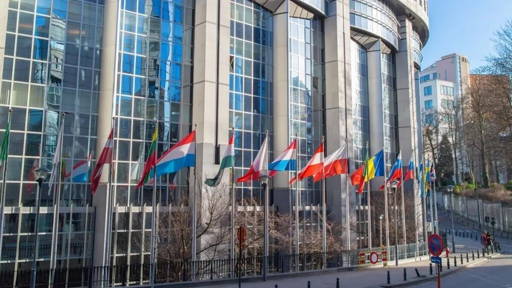Can you name the most exciting breakthroughs that came to light in life sciences in response to the COVID-19 pandemic? Why and how were these platforms accelerated by the pandemic? And what value will they have beyond COVID-19?
Some of the scientific breakthroughs were a response to the pandemic as scientists in academia, healthcare and industry rose to the challenge to address the global threat. We saw it in the rapidly growing literature about the virus, its spread, and the way it affected patients. This knowledge informed decision-makers and paved the way for diagnostics, the development of therapies/treatments, and of course, vaccines.
Other breakthroughs happened despite the pandemic, with scientists tirelessly pursuing their research despite lockdowns and lack of supplies, such as increasing the understanding of pathways to disease, new biomarkers and diagnostics, which leads to completely new ways to modulate disease.
Based on these breakthroughs, we face great opportunities for increased patient and societal benefits through the implementation of precision health and innovative treatments and diagnostics at the same time, as it is challenging for healthcare systems to evolve to implement these innovations in sustainable and resilient ways.
How has the life sciences ecosystem changed and what does it mean for healthcare?
For instance, the life sciences ecosystem is changing by embracing data science & AI, which are transforming drug discovery and development by increasing the probability of success and reducing timelines in drug discovery and development. There are signs that the pandemic has accelerated the implementation of data tools.
As a global, science-led, patient-focused pharmaceutical company, we are embedding AI across all of our R&D activities, from target identification to early clinical trials, to understand where we can harness new technologies and further automate processes.
Our vision is to free up more time for discovering and delivering as many new medicine programmes as we can from our innovative pipeline. We are using AI to help us analyse and interpret huge quantities of data at all stages of drug discovery and development, with a number of aims in view. Gaining a better understanding of the diseases, we want to treat; identifying new targets for novel medicines; speeding up the way we design, develop and make new drugs; designing and recruiting for better clinical trials, and driving personalised medicine strategies. And, of course, governments and regulators have a key role to play in supporting the acceleration of this work and the industry’s efforts to identify, develop and commercialise life-changing treatments.
How did regulation and reimbursement change during the pandemic? Why was this change necessary and what did it teach us about the weaknesses of the frameworks before?
At a regional level, the EMA has stepped up significantly during the pandemic, for example, with the use of rolling reviews to ensure quicker access to medicines. However, the question remains as to whether this is a model that’s sustainable in the longer term and if the will exists to deliver such change.
And from the access perspective, we’ve seen COVID impact the way payers prioritise their health budgets. For example, particularly during the height of the pandemic, when hospital beds were at a premium, it really changed how people thought about budget spending and allocation. From the creation of rapid guidelines on dialysis service delivery to faster than expected adoption of the auto-injector for our severe asthma treatment – we saw Payers make investments that helped ensure continuity of care while reducing the need for hospital visits.
We see an appetite to drive innovation into the healthcare system
The learnings from the pandemic should fundamentally change the way we look at and assess the value of innovation. Life sciences innovation should be viewed in the much broader context of its role in the sustainability of healthcare systems. The discussions on reimbursement, and the data generated to support these, should mirror that, so we can ensure the future resilience of healthcare provision across the region.
The EU Pharma Strategy will be important in this. Future regulations should put in place critical drivers of innovation. For example, swifter regulatory approval times, incentives for more sustainable investment in medical R&D, finding multi-stakeholder solutions for introducing new technologies to ensure appropriate patient access.
What is the future of life sciences after the pandemic? Do you think things will return to normal or are certain changes here to stay?
If the past two years have shown us anything, it’s the value that public-private partnerships bring. The obvious example for us is, of course, our partnership with Oxford University on our COVID-19 vaccine, but that’s just the tip of the iceberg. It’s also important to reinforce that the value of the partnership isn’t just in the context of reacting to a crisis but also in the much longer-term value you can create. So while the pandemic has been a catalyst for change, the rate of collaboration doesn’t show signs of slowing down. But only of speeding up.
The current pandemic has brought with it significant opportunities. We see an appetite to drive innovation into the healthcare system and move at speed in a way we’ve not seen in the past. Healthcare and innovation are no longer seen as a cost to be minimised but as a strategic national asset that should be invested in. The pandemic has shown that economic growth and population health are intrinsically linked; without securing the health of its citizens, governments will not be able to secure long-lasting economic prosperity. So there is a huge opportunity for positive change. Still, we must maintain the current momentum behind this, with programmes such as the WEF initiative PHSSR that focus on positive engagement, building trust, and long-term partnership across all stakeholder groups.






